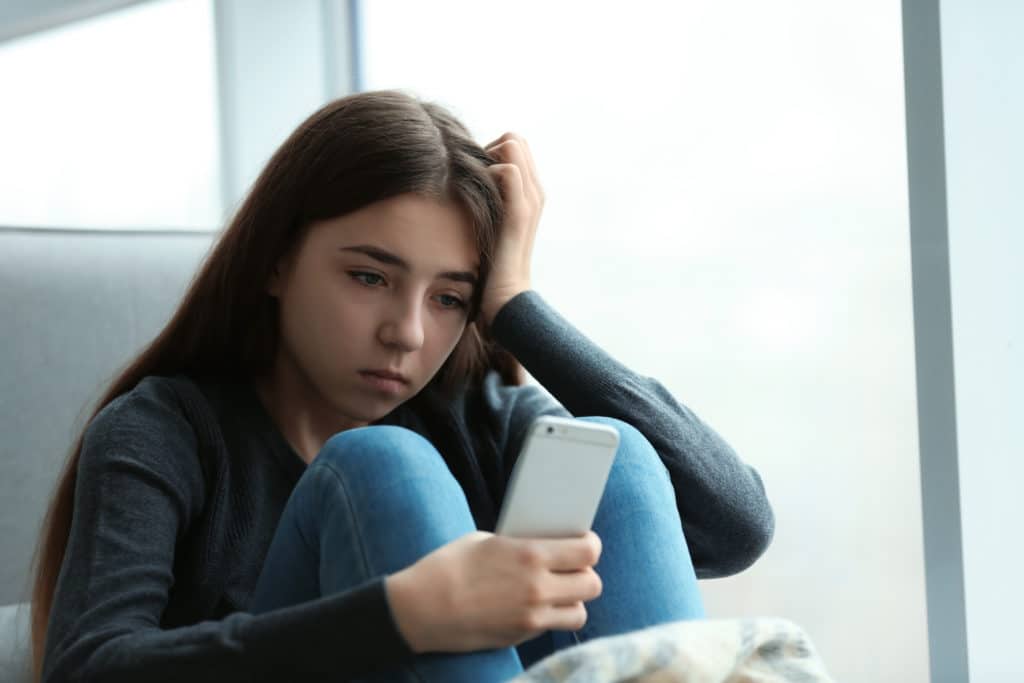This post is contributed by CHOICES counselor Joanna Robertson, M.MFT, LMFT, LPC
Like most of us, adolescents had their world turned upside down back in March by the Coronavirus pandemic. As teens prepare to return to school, I want to share a few of the ways COVID-19 has affected teens’ mental health, how this impacts them long-term, and how you can help.
The adolescent brain is still growing and developing. The prefrontal cortex, the section of the brain responsible for critical thinking and impulse control, is not fully developed until about 25 years old. Thus, adolescents may need additional support when it comes to regulation, which includes sleeping patterns, use of time and technology usage. Because of the pandemic, students lost the structure of school time, and when coupled with a lack of parental support, this left students to navigate on their own. This led to odd sleeping patterns and overall dysregulation, which can impact coursework, family relationships, and mental health.

What are the challenges teens face in the pandemic?
Students lost consistent access to friends and adult supports. One study found that 80% of adolescent girls feel “more lonely and isolated than before” (The Rox Institute). While teachers, counselors, and mentors are doing their best to remain connected, it proves a challenging situation. Many teens are experiencing an increase in their sense of isolation, depression, and loneliness.
In addition to navigating schoolwork at home, many students have taken on new responsibilities, including childcare, housework, and part-time jobs. This puts additional pressure on teens to use their time and energy in a balanced way, which is already a challenge for the adolescent brain. It also makes it challenging for these students to keep up with schoolwork and can cause many to fall even further behind.
These are only a few of the factors impacting teens as a result of COVID-19. If teens were already using alcohol and/or drugs, they likely continue to do so throughout the pandemic. As their stress increases and their access to healthy coping support decreases, they are more at risk for developing substance use disorders. Further, previous crises show that teenagers may develop substance use problems after the crisis has passed. It is important that caring adults stay actively engaged in supporting the adolescents in their life.
How you can help teens.
Adolescents are creative, resilient, and resourceful, especially when they have supportive adults in their life. If you are wondering how you can help, start with the teens in your life. Talk to them about how they are experiencing things and ask what support they might need. Help them create structure. It’s something they may not want in the moment, but it’s something they need, and need help creating. Connect them with mental health resources either through their school or in the community. Finally, be aware of your own coping methods and responses. Set an example by finding healthy coping skills, such as meditation, peer support, counseling, and exercise.
If you need support, The Council is the place to start. Call us today at 713.914.0556 and ask about our virtual services.
